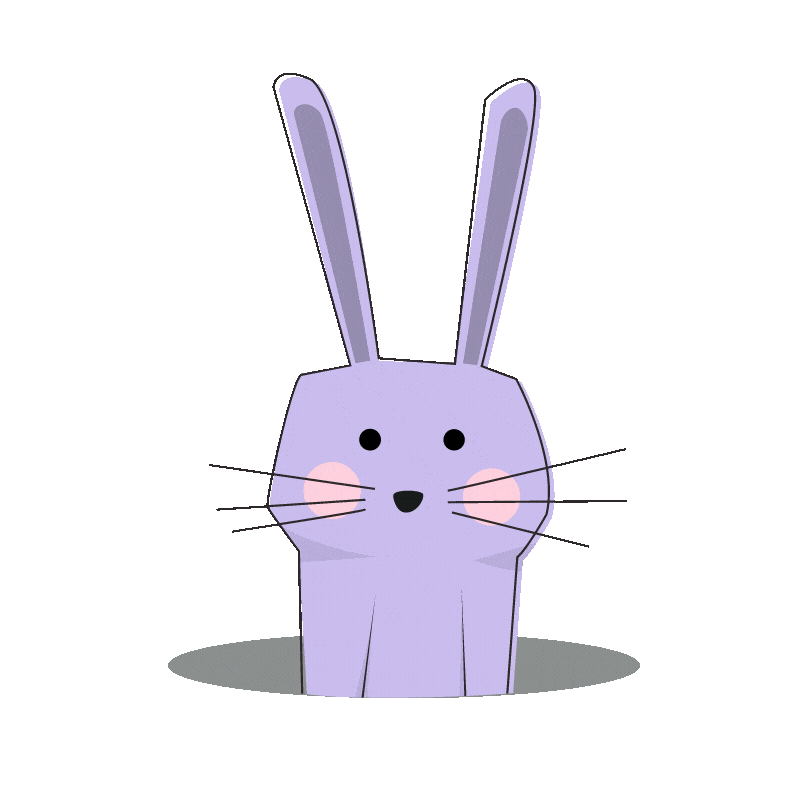early years foundation stage
The EYFS curriculum offers a learning through play approach
HOLISTIC APPROACH
The EYFS curriculum offers a learning through play approach through which children:
- Learn to feel secure and safe
- Explore, practice and make sense of their world
- Build up new concepts and skills
- Learn how to work with, alongside others, to share and take turns
- Take risks and make mistakes
- Be creative and use their imagination
- Investigate, experiment and solve problems
- Learn to understand their own needs and those of others
- Communicate with others
- Express their fears, anxieties and excitement
- Learn boundaries
- HAVE FUN!
DID YOU
KNOW?

PLEY’s logo is based on a septagon design inspired from the 7 key learning areas of EYFS.
7 key learning areas of EYFS
1. Personal, Social & Emotional Development
- Self-confidence and self-awareness: Children confidently try new activities, express preferences, speak in familiar groups, and choose resources. They ask for help when needed.
- Managing feelings and behavior: Children recognize and discuss their feelings and behavior, understand consequences, and know some behaviors are unacceptable. They follow rules, adapt to group dynamics, and handle routine changes.
- Making relationships: Children cooperate in play, take turns, consider others’ ideas, show sensitivity to others’ feelings, and form positive relationships with both adults and peers.
2. Communication and Language
- Listening and attention: Children listen attentively in a range of situations. They listen to stories, accurately anticipating key events and respond to what they hear with relevant comments, questions or actions. They give their attention to what others say and respond appropriately, while engaged in another activity.
- Understanding: Children follow instructions involving several ideas or actions. They answer ‘how’ and ‘why’ questions about their experiences and in response to stories or events.
- Speaking: Children express themselves effectively, showing awareness of listeners’ needs. They use past, present and future forms accurately when talking about events that have happened or are to happen in the future. They develop their own narratives and explanations by connecting ideas or events.
3. Physical Development
- Moving and handling: Children show good control and co-ordination in large and small movements. They move confidently in a range of ways, safely negotiating space. They handle equipment and tools effectively, including pencils for writing.
- Health and self-care: Children know the importance for good health of physical exercise, and a healthy diet, and talk about ways to keep healthy and safe. They manage their own basic hygiene and personal needs successfully, including dressing and going to the toilet independently
4. Literacy
- Reading: Children read and understand simple sentences. They use phonic knowledge to decode regular words and read them aloud accurately. They also read some common irregular words. They demonstrate understanding when talking with others about what they have read.
- Writing: Children use their phonic knowledge to write words in ways which match their spoken sounds. They also write some irregular common words. They write simple sentences which can be read by themselves and others. Some words are spelt correctly and others are phonetically plausible.
5. Mathematics
- Numbers: Children count reliably with numbers from 1 to 20, place them in order and say which number is one more or one less than a given number. Using quantities and objects, they add and subtract two single-digit numbers and count on or back to find the answer. They solve problems, including doubling, halving and sharing.
- Shape, space and measures: Children use everyday language to talk about size, weight, capacity, position, distance, time and money to compare quantities and objects and to solve problems. They recognise, create and describe patterns. They explore characteristics of everyday objects and shapes and use mathematical language to describe them.
6. Understanding the world
- People and communities: Children talk about past and present events in their own lives and in the lives of family members. They know that other children don’t always enjoy the same things, and are sensitive to this. They know about similarities and differences between themselves and others, and among families, communities and traditions.
- The world: Children know about similarities and differences in relation to places, objects, materials and living things. They talk about the features of their own immediate environment and how environments might vary from one another. They make observations of animals and plants and explain why some things occur, and talk about changes.
- Technology: Children recognize that a range of technology is used in places such as homes and schools. They select and use technology for particular purposes
7. Expressive Arts & Design
- Exploring and using media and materials: Children sing songs, make music and dance, and experiment with ways of changing them. They safely use and explore a variety of materials, tools and techniques, experimenting with colour, design, texture, form and function.
- Being imaginative: Children use what they have learnt about media and materials in original ways, thinking about uses and purposes. They represent their own ideas, thoughts and feelings through design and technology, art, music, dance, role-play and stories.
Child Development Record
As part of our preschool system, we conduct regular observations to monitor children’s progress, linking it to the prescribed developmental charts. These charts align with developmental norms, allowing us to track and record progress, which is shared with parents during termly meetings. They are kept in your child’s personal file, following them through each transition.
The charts allow us to monitor the progress your child makes covering their seven areas of development as well as monitoring the progress that they make with their feeding, toileting skills, hand eye co-ordination and fine motor skills.
Additionally, a termly school report is written and added to the developmental file. Parents can share the final report with future schools, if desired, to support their child’s ongoing development.

